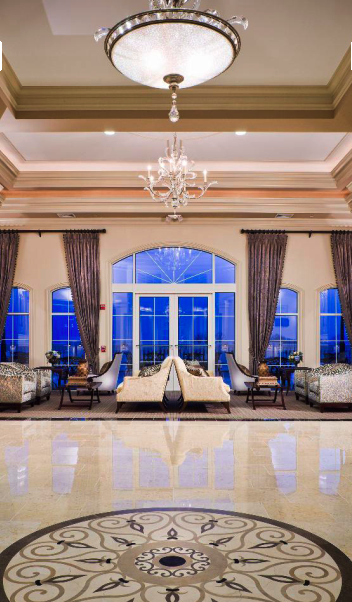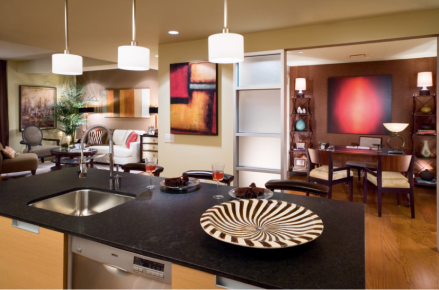Welcome back. Last time we took a look at building amenities. In this final edition in our series, we’ll summarize some of the top trends affecting the market, design and the tenants of high rise developments today.
5 Top Trends in High Rise Living and Development
1. Baby Boomers and Millennials coming to a building near you.
It has been estimated that some 150 million people compose the Baby Boomer and Millennial generations. What do these two groups have in common? No children living at home and an interest in being where the action is. That means these groups are descending upon urban areas looking for apartments or condos with access to work, transportation and cultural offerings.
2. It’s a small world.
To meet the demand for living space in urban neighborhoods, developers are thinking small. They are downsizing the average one-bedroom, for instance, from 900 sq. ft. to 700 sq. ft. or less. Some developers are even tinkering with the idea of micro units (around 300 sq. ft.). The logic in all this? The buildings of years ago are not meeting the demand, so a little space must be sacrificed to fit new development into urban areas. Fortunately, Gen Y tenants favor more common, social space over their personal space, so the extra square footage won’t be missed.
3. A little less privacy, please. Another sacrifice? Privacy. Not anything drastic, though. Developers can do a lot more with a small unit if they can situate the bedroom on an interior wall with an interior window, rather than an exterior one with an exterior window. Once again, the Gen Y renters aren’t bothered too much, since their lives are an open-book on the Internet, anyway.
4. Stay flexible. Both the individual unit and the common space amenity are becoming more flexible. As far as units go, developers are eliminating unused areas, like separate dining rooms, and replacing them with a larger open area that accommodates food preparation, eating and lounging. Builders are also taking down walls between separate club, theatre and game rooms, for example, to create multi-functional common spaces.
5. Who let the dogs in? Smart managers, that’s who. The Baby Boomers and Gen Y tenants have a thing for pets. Instead of shunning the influx of animals, building operators are welcoming them. Of course, they still impose weight limits, of about 35 lbs., and they also charge pet rent and pet deposits. In exchange, residents get to use pet-specific amenities, like dog parks and grooming stations, that make the extra expense worth it.
To learn more about high rise developments and how Childs/Dreyfus can help concept and design custom spaces that encourage sales, please call the Childs Dreyfus Group at (312) 222-0098 or email our designers at info@childsdreyfus.com.
Stay tuned for more design and industry topics!


